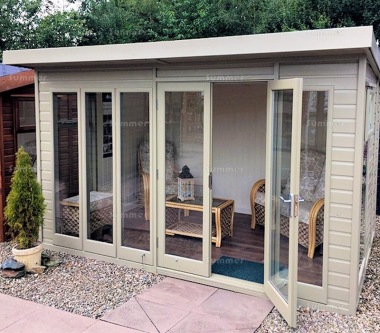All Categories
Featured
Table of Contents
Double Glazing - Albury - Twin Cities Glass in Two Rocks WA
That window can send more solar heat in winter than in summertime. A west-facing window on a summer season's afternoon has an angle of incidence from near 0 up to 30 with a large reliable location of solar radiation. A north-facing window, in summertime, has a high angle of occurrence and a low effective area of solar radiation, so can transfer less heat than a west-facing one.

You can rapidly and quickly enhance the thermal efficiency of your house by changing your windows. This is among the most effective techniques of remodelling to accomplish better thermal comfort. There are thousands of types of glass and frames to select from. Picking the right ones is very important to improving the energy effectiveness of your house.
Which Type Of Glass Is Best For Energy Efficiency? - A&l Windows in Maida Vale Western Australia
There are various kinds of glass products to select from. Single glazing utilizes a single pane of glass. Single glazing with clear glass is not really effective when it comes to heat loss or gain. To enhance efficiency, you can use single glazing with a more energy-efficient type of glass such as low emissivity (low-e) glass.
The energy performance of IGUs likewise depends on: the properties of each layer of glass. Different glass types (for example, clear and low-e glass) can be put together in an IGU.
Window Glazing For Households - Energy in Menora Western Australia

IGU cavities can be filled with air or a more inert, low-conductivity gas such as argon the width of the cavity. Cavity thickness is generally 6 to 18mm. Wider cavities supply lower (much better) U worths, with 12mm generally accepted as the preferred space how well the cavity is sealed. Cavities need to be dry and well sealed to avoid moisture getting in.
If argon is installed to the cavity in location of air, moisture is dependably left out the level of desiccant (drying representative). The spacer (metal or polymer strip) that separates the glass layers includes a desiccant to absorb any moisture. Inadequate desiccant may cause wetness to condense on the glass surface area in cold conditions, lowering thermal efficiency.
Faq in Shenton Park Perth
In reality, IGUs can provide better energy performance for all climates, particularly in heated and air-conditioned houses. Cross-section information of single, double and triple-glazing systems Low emissivity glass (frequently called low-e glass) lowers heat transfer. Low-e glass may be either high or low transmission: High transmission low-e glass has a covering that permits daylight from the sun to enter your home to accomplish excellent solar heat gain, but reduces the quantity of the long wavelength infrared heat that can leave back through the window.
Low-e glass has either a pyrolytic covering or a vacuum-deposited thin movie metal covering. Pyrolytic coatings are resilient and can be used for any glazing; vacuum-deposited finishes are soft and are only used within IGUs. Low-e coverings can considerably improve both U value and SHGC; nevertheless, they should be utilized properly or they will either degrade or stop working to perform as needed.
Double Glazed Windows Melbourne - Upvc - German ... in Bull Creek Western Australia
Low-e coverings can be used in combination with clear, toned or reflective glass. Low-e coverings on glazing can reduce heat transfer where required Picture: Department of Industry, Science, Energy and Resources Toned glass has colouring ingredients included throughout manufacture. It is available in different colours, generally bronze, grey, blue and green.
Table of Contents
Latest Posts
The Surprising Benefits Of Double Glazing In The Summer ... in Dalkeith Western Australia
Why Install Stunning Double Glazing Windows During Summer? in Glendalough WA
Double Glazing Windows in Osborne Park Perth
More
Latest Posts
The Surprising Benefits Of Double Glazing In The Summer ... in Dalkeith Western Australia
Why Install Stunning Double Glazing Windows During Summer? in Glendalough WA
Double Glazing Windows in Osborne Park Perth